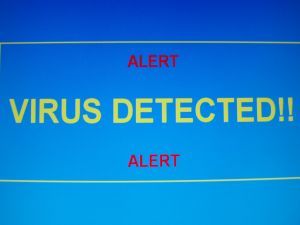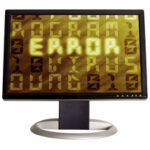Pericarditis is the condition where the sac-like membrane that surrounds the heart becomes inflamed. This membrane, known as the pericardium, is composed of two thin layers and when it is inflamed, most often due to infection caused by a virus, pericarditis results. Those most at risk of pericarditis are adults in their twenties and thirties who have recently suffered from an upper respiratory infection. There are different kinds of pericarditis, and the prognosis for someone with this condition is usually good, as it clears up on its own in the majority of cases.
A somewhat common condition, pericarditis affects about one in a thousand individuals. Pericarditis recurs in a quarter of the people that have it, but eventually such relapses become less and less likely to take place. Acute pericarditis is precipitated by a virus, fungus, or bacteria, usually one located in the lungs or upper respiratory system. Polio, influenza, and rubella are able to cause pericarditis in adults, while a duo of viruses known as cocksackievirus and adenovirus are responsible for it in children. Injury to the heart that exists from a heart attack can sometimes bring about pericarditis, as can some inflammatory diseases such as rheumatoid arthritis and lupus. Dressler’s syndrome describes a condition where the body forms antibodies weeks after a heart attack or heart surgery and they cause inflammation in the pericardium, an unnecessary response to what they perceive as a threat to the system. The trauma that can occur to a person’s chest during an auto accident or other mishap can precipitate pericarditis, and kidney failure, AIDS, cancer, and tuberculosis can also have pericarditis as a consequence. Some medications also have a side effect of producing this type of inflammation to the pericardium.
In a normal circumstance, the heart is surrounded by the two-layered pericardium, and it contains a little bit of lubricating fluid. However, during a bout of pericarditis, this fluid can increase in volume. The collection of this fluid between the heart organ and the pericardium is called a pericardial effusion, and it can create pressure on the heart, squeezing it and interfering with its function. The heart can fail to fill all the way and its pumping of blood can become compromised sometimes during pericarditis, a disorder which is then given the name cardiac tamponade. Low blood pressure can be brought about by this, along with the rest of the body not getting enough oxygen. Cardiac tamponade requires immediate attention, as it can be life-threatening. Another rarer from of pericarditis is constrictive pericarditis, where a disease, most often tuberculosis, scars and thickens the pericardium, shrinking it around the heart and inhibiting its natural movement.
The symptoms of pericarditis include rapid breathing, shortness of breath, and a dry cough. The person with pericarditis can have a fever and chills and experience weakness throughout their body. There can be broken blood vessels in the membranes of their eyes, back, chest, toes, and fingers and they can feel a sharp or dull pain, usually in the region of their breastbone. This pain can then radiate out to the left side of their neck, upper abdomen, and left shoulder. This pain will lessen when the person sits up or leans forward and it gets much worse when they lie down or take a deep breath. Instances of cardiac tamponade will see the patient’s neck veins swell up and their blood pressure fall to low levels.
Through a stethoscope a doctor will hear the sounds of the pericardium surfaces rubbing against each other. Electrocardiographs and echocardiograms can detect pericarditis, and X-rays can also reveal this condition when there is much fluid buildup. CT scans of the chest can find it, and the cause can be discovered by various blood tests. Fluid can be drained from around the pericardium in a test called pericardiocentesis, and it can be examined for bacteria or viruses.
The treatment for pericarditis depends on what is causing the inflammation. If it is a virus, there is no treatment since ordinary antibiotics are useless against viruses, and it should heal by itself in about three weeks to three months. If the pericarditis is bacterial in nature, antibiotics can be called into play to eradicate the infection. Inflammation can be addressed with nonsteroidal anti-inflammatory drugs such as aspirin and ibuprofen. If a heart attack or condition such as lupus has caused pericarditis, corticosteroids can be employed, along with painkillers. Recurrent pericarditis may require the pericardium to be removed, as can constrictive pericarditis, which sometimes is eased by taking out only the affected areas of the membrane that are keeping the heart from its normal course of beating. In the case of cardiac tamponade, fluid sometimes has to be drained from the area to relieve the pressure. The person will have to be hospitalized until they are no longer in danger. Most individuals with pericarditis can be treated at home, getting plenty of rest and relieve from whatever drugs have been prescribed to them until the condition goes away.





